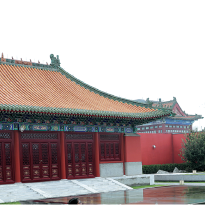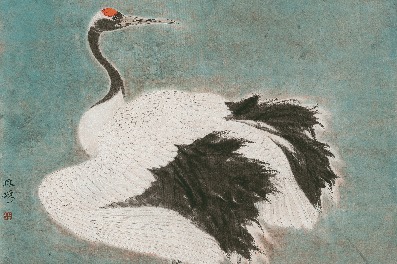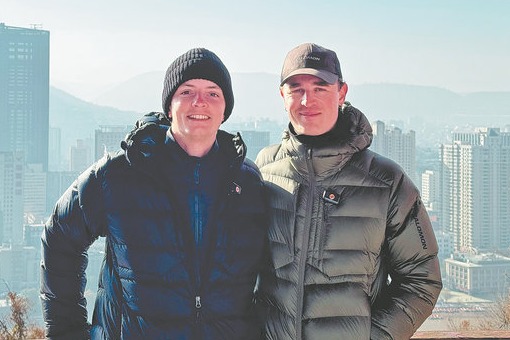Business booms in revitalized temple area
Urban transformation in Beijing attracts new ventures


Longfu Temple in Beijing is known for its name, location and fairs, but not for the building itself. For most people in the Chinese capital, the venue is largely symbolic.
Situated some 1.5 kilometers east of the north gate to the Palace Museum, or the Forbidden City, the temple was built for nobles from the ancient Chinese imperial palace. However, a fire in 1901 destroyed the building and its site.
Since then, even though there is no longer a temple, the fairs held in its name continue to attract visitors from all walks of life. An ancient book, Research on Anecdotes in Beijing, compiled by officials and scholars from the Qing Dynasty (1644-1911) states: "In the first year of Emperor Yongzheng of that dynasty, the fair (at the Longfu Temple) was held on the 9th and 10th day of every month, making it the top such fair in the capital."
The Longfu Building is key to the recent rejuvenation of the temple site. A mansion built in 1988, it reputedly housed Beijing's first modern department store, equipped with escalators and central air conditioning. Local residents headed to the building to buy bicycles and hardware products, among other products.
The mansion's heydays were short-lived, and after 1993 it experienced nine years of poor management, leading to it being closed in 2004.
Zhao Jianquan, who has lived all his life in a hutong, or alleyway, near the Longfu Temple site, witnessed the rise and fall of Longfu Temple Street, a 500-meter-long thoroughfare.
"In the 1980s, lines of people waiting to buy clothes at the Longfu Building could stretch from the store entrance to an intersection on the street," the 70-year-old said. "In the late 1990s, the morning market outside the building also attracted crowds of local residents.
"I was proud to live near the Longfu Building, as it housed one of the four main markets in the capital and sold the latest products. The bustling morning market was visited by locals buying food, clothes and other necessities every day."
Zhao said he felt sorry for the deserted building in the early 2000s. He said small commodity markets and enterprises selling cars, digital devices and other equipment established themselves in the building, but business continued to fall and customers seldom visited it.
Business at the Longfu Building declined as other shopping malls in Beijing prospered, Zhao said, with some high-end locations opening in the 1990s.
He hoped the authorities could introduce measures to revitalize the building, and despite this process not being easy, the municipal government has taken a number of steps to upgrade the area.
In 2012, the Beijing State-owned Assets Managements Co cooperated with authorities in the city's Dongcheng district to upgrade the Longfu Building and the surrounding area.
A new company, Xinlongfu Cultural Investment Co, was formed to promote landscape protection in the Longfu Temple area, along with urban renewal projects.
Wang Hui, the company's chairman, said three phases of construction work were needed to revive the area.





































